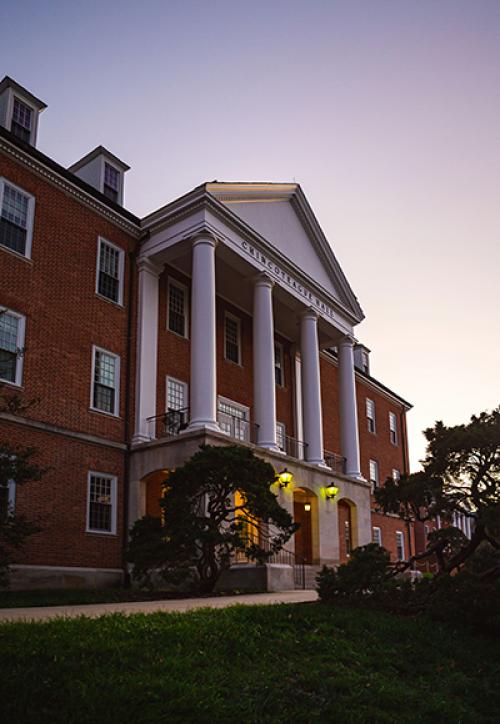SOCY Study Reveals How Opposition to Pornography Has Shifted Over Time
A new study by sociologists at the University of Maryland and published in Social Currents examined gender differences in opposition to pornography from 1975 to 2012, measured by support for legal censorship of pornography. The researchers analyzed the General Social Survey, a sociological survey used to collect data on demographic characteristics and attitudes of residents of the United States.
The study, led by Ph.D. student Lucia C. Lykke, found that both men’s and women’s opposition to pornography have decreased significantly over the past 40 years, suggesting a cultural shift toward “pornographication” affecting attitudes. However, women remain more opposed to pornography than men, and men’s opposition has declined faster, so the gender gap in opposition to pornography has widened.
“With the rise of cheap or free Internet pornography, you might expect that men’s and women’s attitudes would be growing more similar,” Lykke said. “But we found that men are becoming more accepting of pornography more rapidly than women are. As a result, the gender gap in attitudes toward pornography has been widening over time.”
Beyond observing the changes in opposition to pornography, the researchers sought to discover connections between trends in public opinion and the evolving trends in pornographic content.
“Previous research has already shown that women are especially concerned about the negative effects of pornography. So, as pornography has become more accessible, and more violent and degrading towards women, this remains a serious concern for many American women,” said Philip N. Cohen, Professor of Sociology in UMD’s Department of Sociology and co-author of the study. “Pornography has become so ubiquitous that most people probably don’t realize that a large portion of Americans still favor laws against the distribution of pornography—38% of women and 26% of men in 2012.”
Lykke and Cohen believe these findings may have substantial implications for cultural and legal issues pertaining to pornography—especially on the Internet where its cheap or free availability raise new questions about the efforts to suppress its prevalence.
“In the current legal climate, pornography is usually protected by the First Amendment,” Lykke said. “But in the future, the increasingly violent or degrading content could potentially be challenged under obscenity laws, or if someone can make a claim of specific harm.”
The legal environment surrounding pornography may or may not shift to reflect popular opinion, however researchers will remain interested in its impact on our culture and the intersection of pornography and gender dynamics.
Published on Wed, Sep 30, 2015 - 10:13AM



